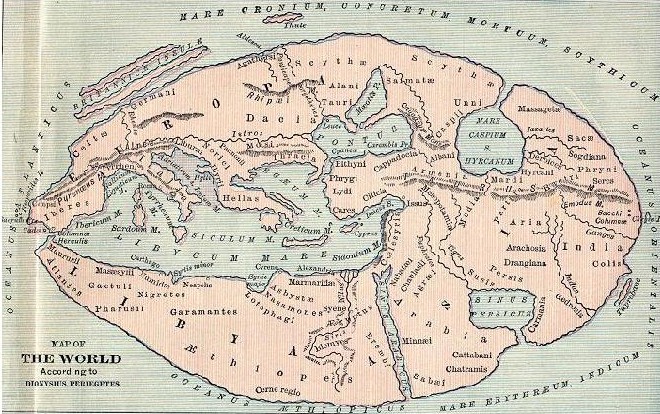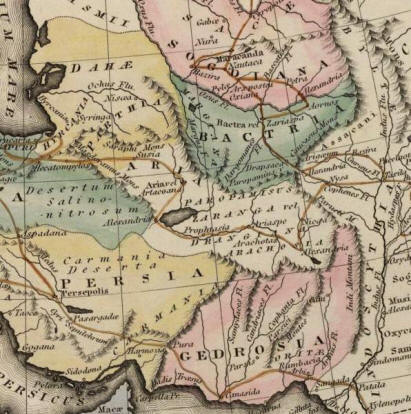berun
Regular Member
- Messages
- 1,084
- Reaction score
- 183
- Points
- 0
Tocharian branched of from IE prior to Indo_iranian and remnants of Tocharian have been found in the Tarim Basin.
Afanasievo seems the most logical explanation to me.
There may be other explanations but right now I don't know which ones.
The Tarim mummies were not R1a-M417 but R1a-M198*, so probably neither Yamna nor Indo-Iranian.
R1a-M198 is also observed near lake Bajkal 8ka, long before IE in the Altaï area.
How they got fair skin and European looks is even more puzzling.
The branching that you refer is infered from lexicostatistics or from phonetic evolution? It could be got a tricky result depending of the choice.
The Tarim mummies were M198+ but xZ93, so there are a lot of subclades left... by the way, it would be more difficult to join Tocharian R1a1a with Afanasievo Kura-Araxes R1b... (if it was an offshot of Yamnayans it will be it's clade).



